Today, restaurants in Hawai’i that celebrate the island’s regional ingredients are pretty status quo. But that was not always the case. So here’s how the Hawaii food culture came into being. We’re all about sunny beach days and hikes through lush tropical greenery, but if you ask us in Hawai’i paradise is found between the pages of a menu.
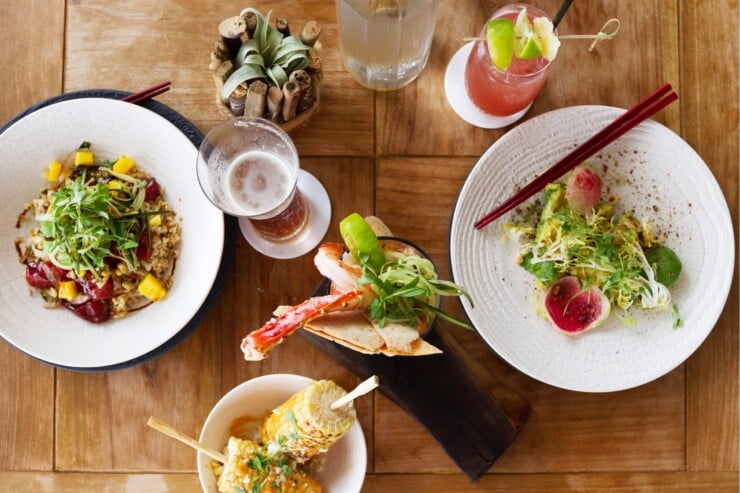
Why You Should Trust Us
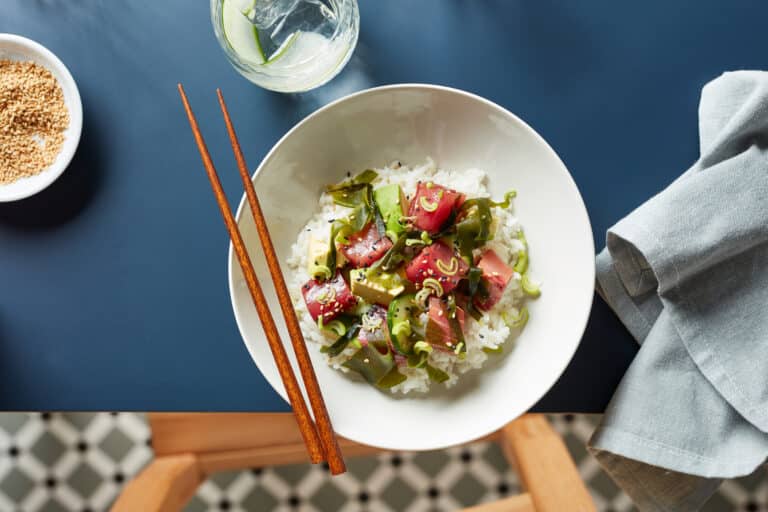
The History Of Hawaii Food Culture
In the 1920s Hawai’i took off as a tourist destination as scores of visitors arrived by steamer ship and the majority of hotel menus appealed to their tastes. Dining in Hawai’i in this era meant eating dishes that were popular in Europe, a style of food known as continental cuisine.
In Honolulu for example, they’d check in to the Royal Hawaiian Hotel – one of the first hotels built along iconic Waikīkī Beach – and be served lamb or chicken likely accompanied by a creamy sauce.
These days Hawai’i’s food scene is earning a reputation for more than shave ice and poke, and events like the Hawai’i Food & Wine Festival – not to mention local chefs using their national media attention to speak up for Hawai’i’s food scene, like Sheldon Simeon – shine a light on the innovative things coming from the state’s top kitchens.
But, how did Hawai’i go from ignoring its own ingredients to celebrating them? Here’s a little background for you:
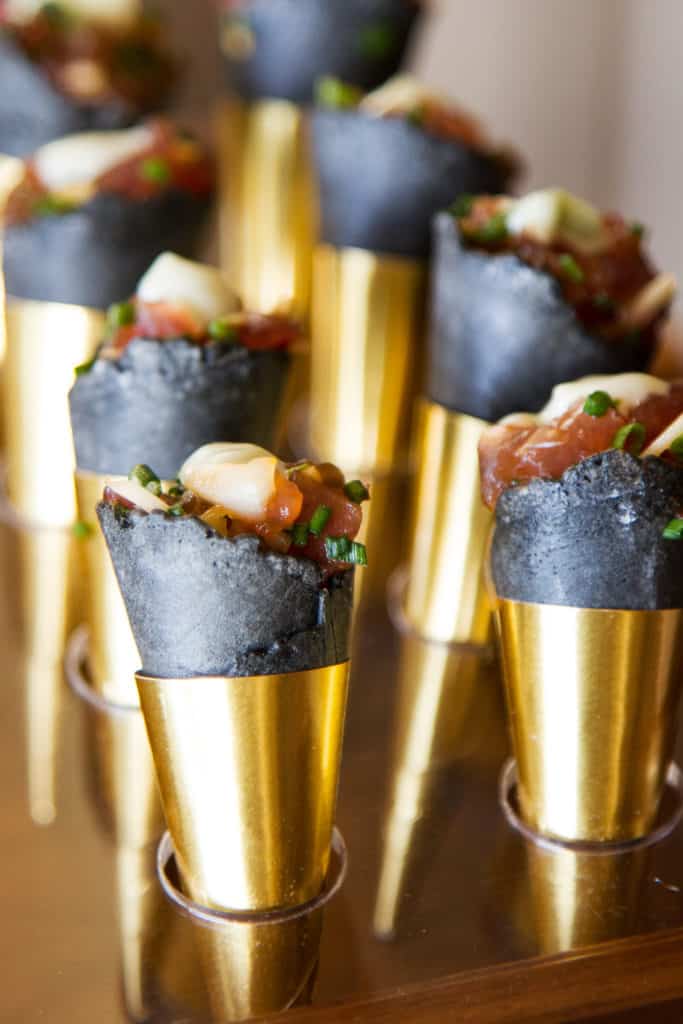
The Birth Of Hawai’i Regional Cuisine
Until the early 1990s much of Hawai’i’s restaurants focused on ingredients shipped in from outside the islands. Quality local agriculture did exist, of course, and once a dozen chefs banded together to partner with local producers (we’re talking the farmers, ranchers, fishermen and others), the Hawaii food culture took off.
These chefs called what they were doing Hawai’i Regional Cuisine (HRC), and the twelve chefs include internationally recognized names like Roy Yamaguchi – yep, of those Roy’s restaurants across the country – and Alan Wong. They, along with Chef Robynne Maiii and Chef George Mavrothalassitis – or, Chef Mavro – are currently Hawai’i’s only James Beard Award winners.
In Hawai’i Regional Cuisine, local ingredients – like fresh tomatoes from Ho Farms on O’ahu or sweet Kaua’i Shrimp from The Garden Island – get the local cooking treatment; think Hawaiian, Chinese, Japanese, Filipino, Portuguese, Puerto Rican (to name a few) flavors and cooking techniques.
For example, Peter Merriman of Merriman’s restaurants in Maui, Big Island, Kaua’i and a new location on O’ahu serves a kālua pork and sweet onion quesadilla with house-made kimchee and mango-chili sauce. Or, Chef Bev Gannon’s Hali’imaile General Store on Maui’s pork chop with portuguese sausage and mushroom cornbread. Both chefs, who’ve been around since the 1980s are founders of the Hawai’i Regional Cuisine movement.
Like Merriman and Ganon, a handful of HRC’s original chefs are still at it. On Kauai, JO2 by Jean Marie Josselin in Kapa’a hosts a daily prix fixe dinner. And on the Big Island, Sam Choy’s Kai Lani restaurant serves breakfast, lunch, and dinner using local greens, beef, and seafood. Mark Ellman still operates several restaurants on Maui, including Mala Ocean Tavern and Honu Seafood & Pizza.
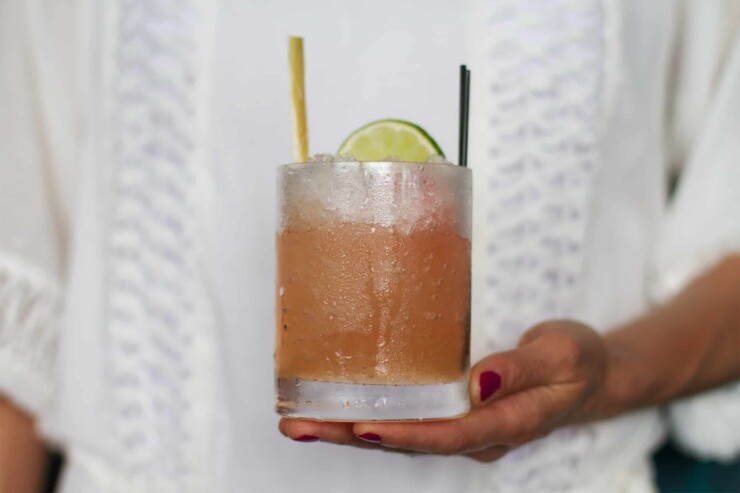
A New Generation Of Hawai’i Chefs
These days the next generation of local chefs are branching out and evolving Hawai’i Regional Cuisine by adding their own signature. A few names to watch include Michelle and Wade Ueoka’s (formerly of Alan Wong’s) MW Restaurant in Honolulu where you’ll find pickled local beets with Big Island Goat Cheese or ahi poke with Hamakua mushrooms.
Then there’s Ed Kenney’s restaurants, including Mud Hen Water, located in Honolulu’s burgeoning foodie-centric Kaimuki neighborhood. There, dishes feature greens and produce from Ma’o Organic Farms and beef from Kuahiwi Ranch, among others.
And in the years that Hawai’i Regional Cuisine has been doing its thing, evolving consumer tastes – the kind of tastes that wants to know where their food comes from and is interested in unique, local experiences (like the trips we curate around the world) – have helped to ensure that the focus on local eats will stick around.
Frequently Asked Questions
Hawaii's food culture is a unique blend of traditional Hawaiian dishes, influences from various immigrant groups, and local farm-to-table ingredients. Key elements include the use of fresh seafood, tropical fruits, taro, and the incorporation of Asian and Polynesian flavors.
Immigrant cultures, particularly from Japan, China, Korea, the Philippines, and Portugal, have significantly influenced Hawaiian cuisine and Hawaii food culturee. This is evident in dishes like Malasadas (a Portuguese donut), Saimin (a noodle soup), Manapua (similar to Chinese bao), and the popular use of Spam, which reflects American influence.
Hawaii Regional Cuisine started in the early 1990s when a group of twelve chefs, known as the Hawaii Regional Cuisine Movement, began collaborating to highlight Hawaii's unique flavors and ingredients. They aimed to create a new style of cooking that would showcase the diversity and richness of Hawaii's local produce and seafood.
Get A Personalized Travel Itinerary
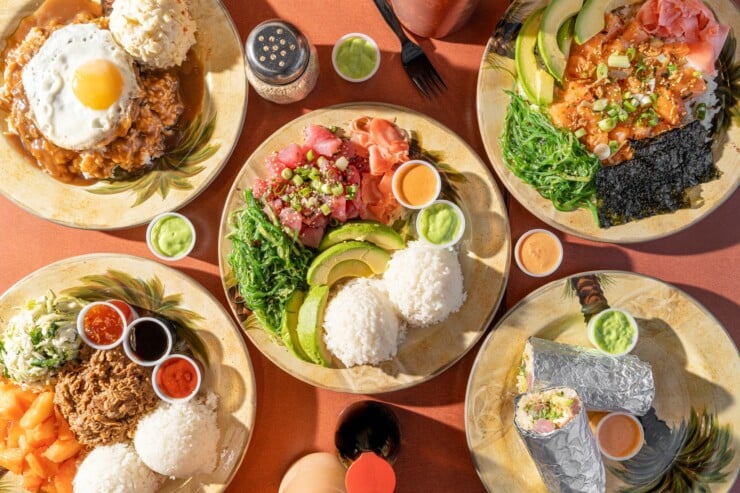
12 Of The Kauai Best Restaurants
Now that you’re versed in all thing Hawaii food culture, you’re probably wondering where to eat next. If you’re heading to the Garden Isle, you’ll want to check out our list of 12 Kauai Best Restaurants from classics like Hamura Saimin to fine dining options like Red Salt and The Beach House.
Have Us Plan Your Hawai’i Trip
Did you know we’re also a boutique travel agency that specializes in Hawai’i vacation planning? If you’re looking to plan a trip to Hawai’i, our Hawai’i trip planner services are here to help you plan your perfect itinerary.
Hawaiian Diacritical Marks: In an effort to be accurate and respectful of the Hawaiian language, we use diacritical marks in our articles on the region. For more about which marks are used in the language and how to find proper spelling, refer to this Hawai’i Magazine article.